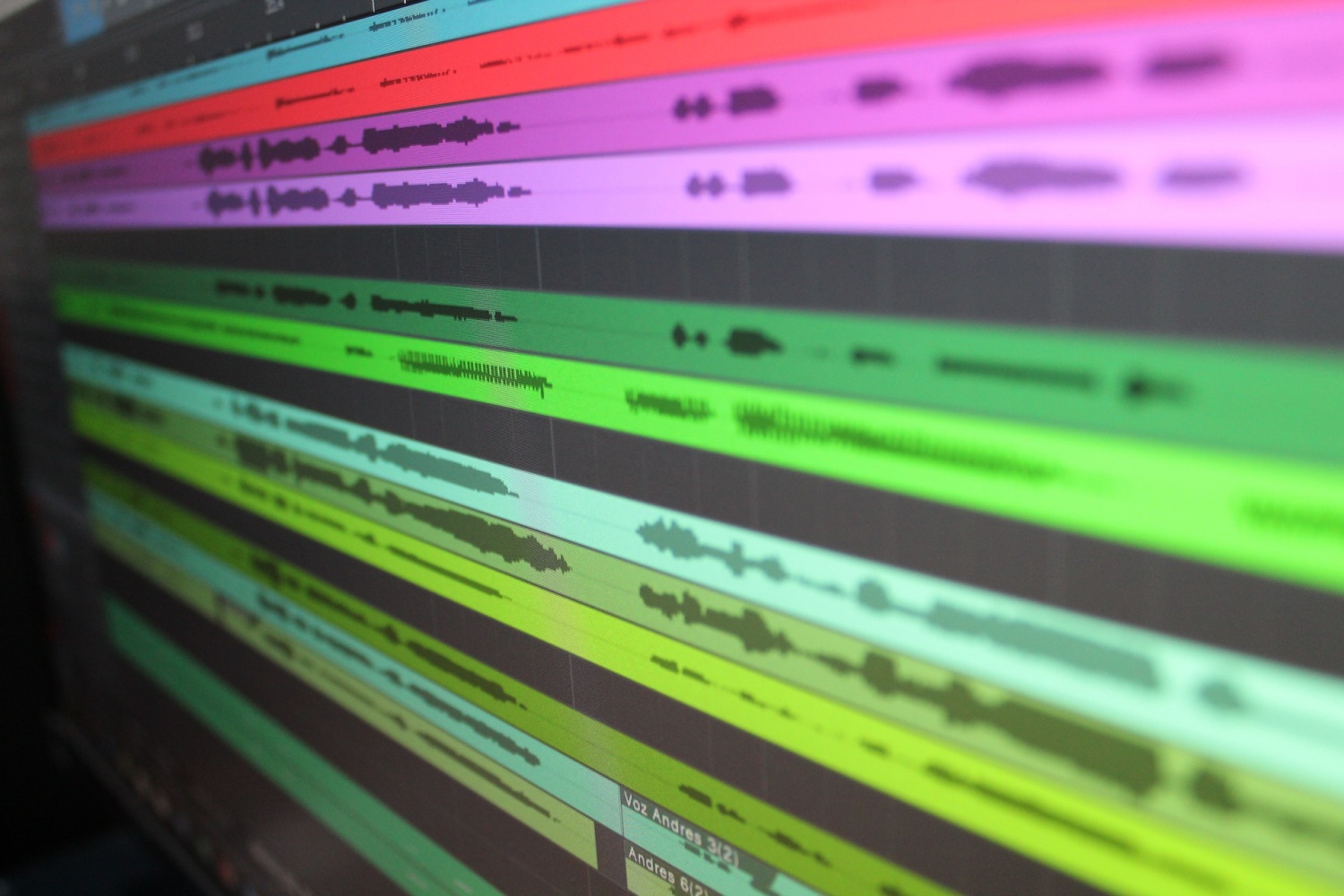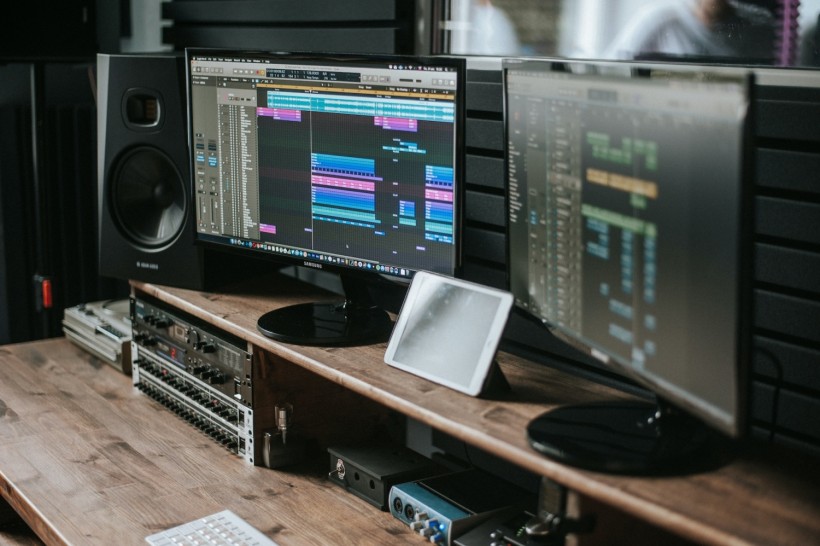
Over the last few years, music production has evolved significantly. Of all the evolution, one thing that is becoming quite popular among musicians and producers is Soft synths or Software Synthesizers. Their software offers musical creativity to explore your music dynamics.
But, let's admit, finding the right software is quite time-consuming and daunting. In this comprehensive guide, we will explore the ins and outs of Soft Synth to help you understand its intricacies and make the right choice for your music needs.
Understanding Soft Synths
What are soft synths, and how do they work?
Software Synthesizers, popularly known as Soft Synth, are virtual instruments that generate sound and music electronically within your Digital Audio Workstation (DAW). These exist as software while offering the functionality of a hardware system. The digital nature has gained popularity because of its incredible flexibility and many sonic possibilities.
Different types of soft synths
There are a variety of soft synths catering to specific musical genres and production styles. Let's have a look at 3 main types of soft synths:
1. Analog Emulation
This is a perfect fit if you are seeking classic, rich, fat analogue sounds. These soft synths emulate the character of vintage analogue sounds.
2. FM (Frequency Modulation) Synthesis
This is a perfect fit if you wish to be more experimental and electronic with your music needs. FM synths excel at creating complex, metallic, and otherworldly tones.
3. Sample-based Synthesis
This uses recorded samples of real instruments or other sounds to generate music. We find it applied often in genres like orchestral and pop music.
Pros and cons of each soft synth type
1. Analog Emulation
Pros: It offers authentic vintage sound, warmth, and character.
Cons: It is CPU intensive and has a limited sonic range.
2. FM Synthesis
Pros: It is Versatile and capable of unique timbres and great for sound design
Cons: It is a challenging tool to learn and master.
3. Sample Based Synthesis
Pros: It offers realistic instrumental sounds and is versatile across genres.
Cons: It is an expensive software with an extensive size library, which makes it overwhelming.
Factors to Consider When Choosing a Soft Synth
Once you have understood the various types of Soft Synths to fulfil your musical creativity, it's equally crucial to look at multiple factors while choosing the right Soft Synths.
Let's have a look at each of these in detail:
Sound Quality and Realism
One of the most crucial factors is Sound Quality. Look for Soft synths with high-quality sound engines and sound libraries. Listen to demos and user reviews to ensure they meet your sonic expectations.
User interface and ease of use
Yet another defining factor while you make the choice. The user interface must be intuitive and conducive to your workflow to avoid frustration and save time. Consider whether it offers preset management, MIDI learn functionality, and customizable controls.
Feature set and flexibility
Ensure to evaluate the synth's feature set. Check and review the modulation options, effects, and sound-shaping tools it offers. Flexibility is crucial for sound design and experimentation.
Compatibility and system requirements
Ensure your soft synth is compatible with your Digital Audio Workstation (DAW) and Operating system. Check its system requirements, as some synths may demand significant CPU power and RAM.
Pricing and budget considerations
How much are you willing to spend on soft synths? They are available in a wide price range, from free to expensive. Determine your budget and explore options within that range. There are excellent free and affordable options available.
These are some factors that must be noticed when you are planning to use a Soft Synth for your musical requirements. Ensure you spend enough time understanding and evaluating each element based on your needs and requirements.
The quality of your soft synth is highly determinant of the quality of your music. To find the perfect software, you must dedicate enough time to research. Look for user reviews, watch tutorials online and experiment with the demo version. Ask for recommendations from fellow musicians to get practical and valuable insights. Take the time to explore various soft synths, considering factors like sound quality, user interface, features, compatibility, and budget. With thorough research and evaluation, you will make an informed decision best suited to your musical needs. Soft synth is a game-changing tool when it comes to modern-day music production. While planning to invest in a soft synth, consider various factors like sound quality, user interface, compatibility, features offered and pricing to get the best-suited option for your creative needs. When it comes to sound quality, it isn't just dependent on the soft synth but on how well it integrates with your systems and workflow. Eventually, the best soft synth empowers your musical creativity with excellent sound quality more than the technicalities to its fullest extent, providing the sonic palette you need to bring your ideas to life. If you found this article helpful, drop it in the comments. Follow us on our Instagram for more such content.
Researching Soft Synths
In Conclusion
* This is a contributed article and this content does not necessarily represent the views of musictimes.com













